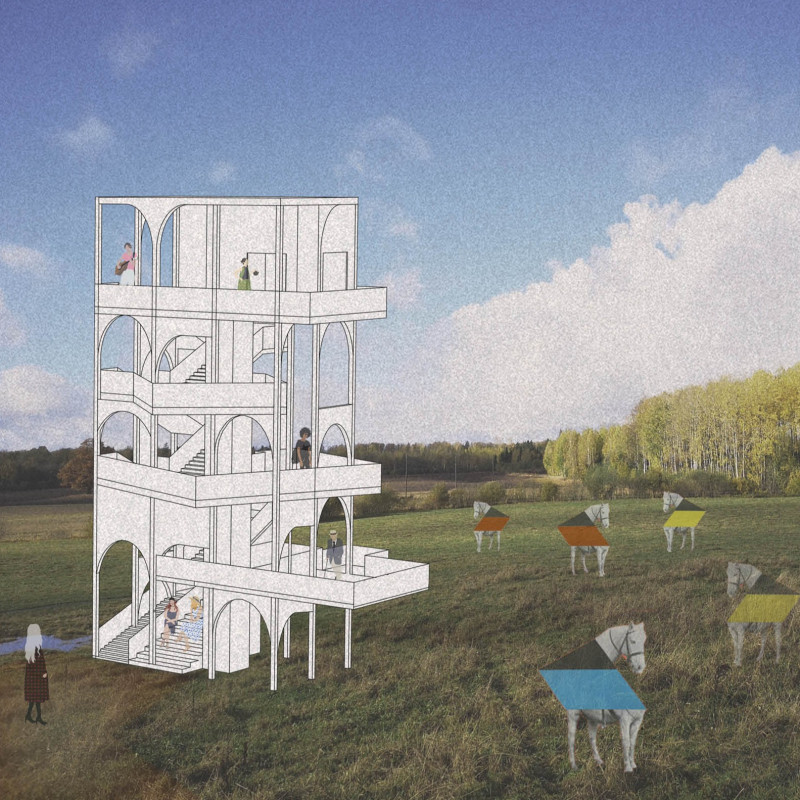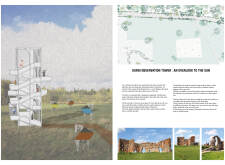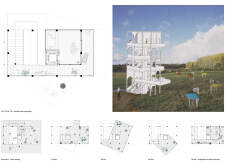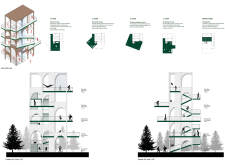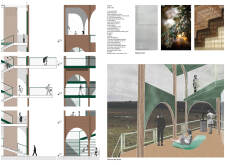5 key facts about this project
Functionally, the project serves [describe the primary function, e.g., residential needs, commercial purposes, or community spaces, depending on the type of the project]. The design meticulously integrates these functions, ensuring that user experience is at the forefront of the development. Each space within the project is crafted to facilitate daily activities, with careful consideration given to flow and accessibility.
Several important parts of the project contribute to its overall success. The entrance serves as a welcoming threshold, designed to create an immediate sense of belonging. The lobby area, often characterized by its open layout, acts as a transition space that encourages social interaction among visitors. Furthermore, the incorporation of natural light through well-placed windows and openings enhances both the aesthetic appeal and the environmental performance of the architecture.
Key elements of the design also include various communal areas designed for interaction and engagement. These spaces, whether they are outdoor parks, terraces, or shared lounges, serve as vital components that foster a sense of community among residents or users. Each area is intentionally designed to respond to both the architecture and the surrounding environment, creating an inviting atmosphere.
The architecture of this project is notable for its unique design approaches that prioritize sustainability and environmental integration. By utilizing local materials such as [list materials used, e.g., sustainable wood, recycled steel, or natural stone], the project reduces its carbon footprint and enhances its connection to the region. The design employs energy-efficient systems and innovative technologies, such as [mention technologies, e.g., solar panels, green roofs, or passive heating], which further underscore the commitment to sustainability. This emphasis on eco-friendly practices is evident throughout the project and sets an example for future architectural endeavors.
Attention to detail is apparent in every facet of this architectural design. The careful selection of finishes, textures, and colors creates a cohesive appearance that is both functional and visually appealing. Each element is designed not only for its aesthetic properties but also to serve specific functions, ensuring that the architecture supports the lifestyle it aims to enhance.
Another significant aspect of this project is the responsiveness to the local cultural context. The design incorporates elements that reflect the community’s heritage, whether through artistic expressions, material choices, or spatial configurations. This thoughtful integration fosters a connection between the architecture and the local identity, encouraging a sense of pride among users and stakeholders.
As you explore this project further, consider delving into the architectural plans, sections, and designs that illustrate the project’s comprehensive vision and execution. Understanding these architectural ideas can provide deeper insights into the rationale behind the design decisions and how they contribute to the structural and functional integrity of the project. Engaging with the full presentation will enhance your appreciation of this architectural work and its impact on [Geographical Location] and its community.


